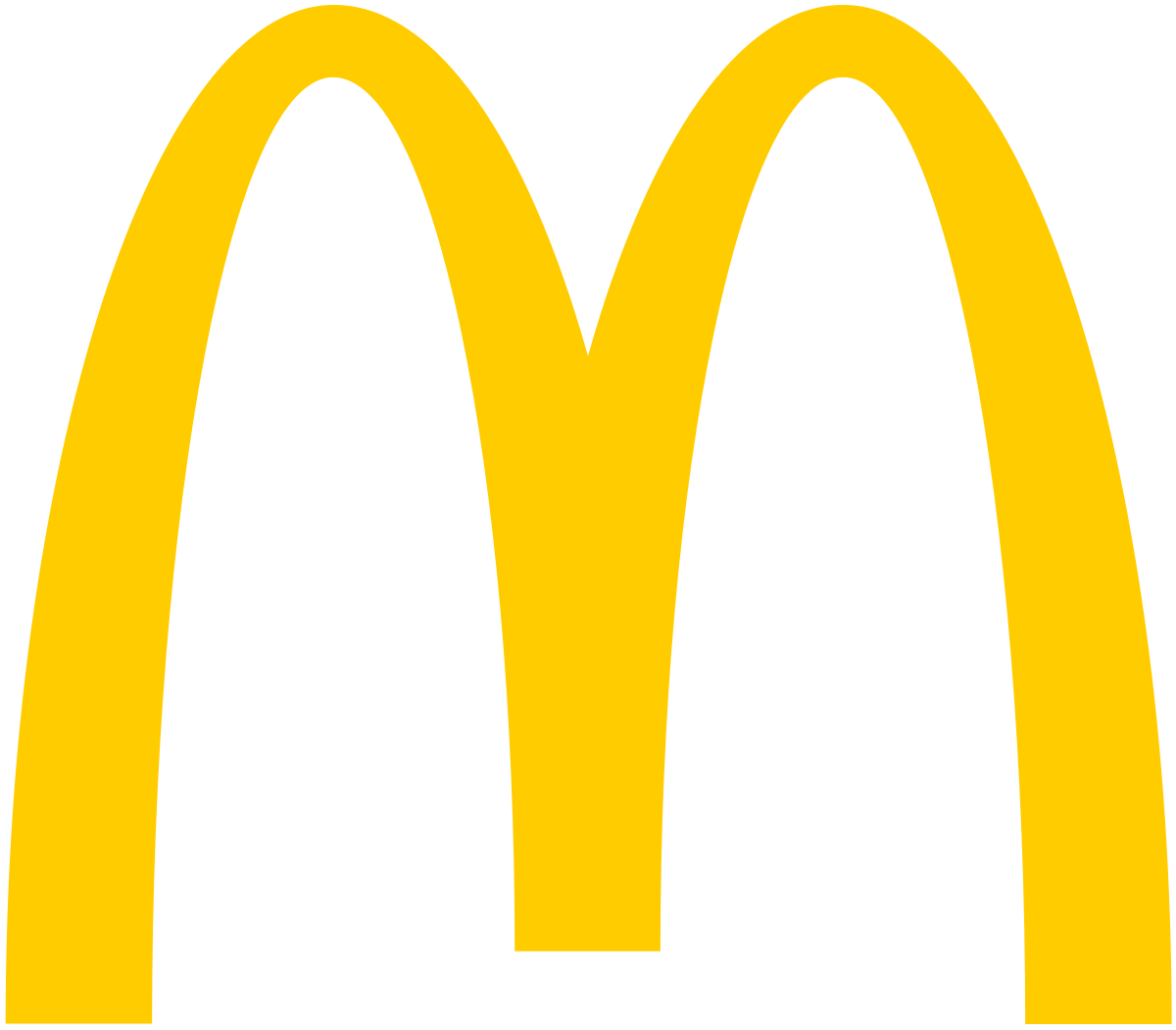He says ‘All publicity works on anxiety’
2) What is it psychologists refer to as referencing? Which persuasive techniques could you link this idea to?
Publicity is always about the future buyer. It offers him an image of himself made glamorous by the product or opportunity it is trying to sell. The image then makes him envious of himself as he might be. [...] The spectator-buyer is meant to envy herself as she will become if she buys the product. She is meant to imagine herself transformed by the product into an object of envy for others.
3) How was Marmite discovered?
The product that was to become Marmite was invented in the late 19th century when German scientist Justus von Liebig discovered that brewer’s yeast could be concentrated, bottled and eaten.
4) Who owns the Marmite brand now?
By 1990, Marmite Limited had become a subsidiary of Bovril Limited, which became Best Foods Inc. in 1998, and merged with Unilever in 2000; Marmite is now a trademark owned by Unilever.
5) How has Marmite marketing used intertextuality? Which of the persuasive techniques we’ve learned can this be linked to?
The 2007 ad campaign featured Paddington Bear carrying on with the 'love it or hate it' theme. Because it uses the old theme it would attract parents as they remember the theme and want to buy the product (marmite).
6) What is the difference between popular culture and high culture? How does Marmite play on this?
Popular culture would be growing trends within society or a particular culture like sport or fashion. High culture would be approval or endorsement with the monarchy. Marmite has been promoted by having patriotic advertisements on how the Queen uses Marmite.
7) Why does Marmite position the audience as ‘enlightened, superior, knowing insiders’?
Modern consumers know that they are being manipulated by advertisements so now they feel empowered.
8) What examples does the writer provide of why Marmite advertising is a good example of postmodernism?




